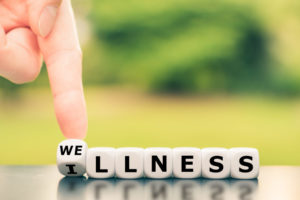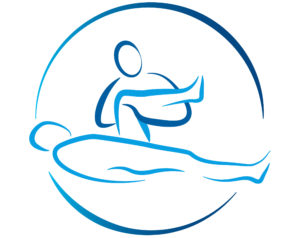 Understanding thalidomide - a unique set of people with a unique set of needs
Understanding thalidomide - a unique set of people with a unique set of needs
Essential information for Physiotherapists treating patients with Thalidomide Embryopathy
The Thalidomide Trust
The Thalidomide Trust is a registered charity dedicated to supporting the needs of the individuals living with disabilities caused by their mother taking thalidomide during pregnancy in the UK. This occurred in the late 50s and early 60s.
The Thalidomide Trust has a Health and Wellbeing team, including two Medical Advisers, which aims to support the needs of thalidomide affected individuals and optimise their quality of life.
Barriers to accessing healthcare for Thalidomide affected individuals
 Thalidomide affected individuals are a remarkable set of people, many of which have had to overcome much adversity in their lives and have fought hard for their independence. As a result of this, many are reluctant to ask for assistance and will only seek help when they hit crisis point.
Thalidomide affected individuals are a remarkable set of people, many of which have had to overcome much adversity in their lives and have fought hard for their independence. As a result of this, many are reluctant to ask for assistance and will only seek help when they hit crisis point.
Many have had traumatic experiences with healthcare professionals as children, meaning they can be particularly reluctant to seek medical help.
Furthermore, as a result of their disability coming from their mother taking a tablet, many are reluctant to take any form of medication themselves.
Screening tests can be hard as it can be difficult taking blood due to unusual vasculature (Ref 1) and taking an accurate blood pressure reading in individuals with upper limb damage can pose a challenge for healthcare professionals.
Why are Thalidomide affected individuals unique?
 Thalidomide affected individuals have a range of disabilities from hand and wrist problems right the way through to being four limb affected with severe sight and hearing impairment. This means there is a big spectrum of disability and every person has their own unique challenges.
Thalidomide affected individuals have a range of disabilities from hand and wrist problems right the way through to being four limb affected with severe sight and hearing impairment. This means there is a big spectrum of disability and every person has their own unique challenges.
Thalidomide-affected joints are prone to developing early arthritis as are other joints which are used to compensate. The majority (93%) of thalidomide affected individuals report issues with arthritis and increased muscle spasm (Ref 2). Pain is a predominant feature in the majority of their lives (Ref 2).
There are special considerations for surgery too. For example, if someone requires a hip replacement and they are upper limb affected and use their legs as arms, they will require a bigger ball in the joint to allow a greater range of movement. This will allow them to continue to use their legs in the same way.
There are also implications for post-operative rehabilitation as many thalidomide affected individuals are unable to use standard equipment, and will need additional support during any periods of rehabilitation.
Thalidomide affected individuals are more likely to lead unhealthy lifestyles as their disabilities prove a barrier to exercise and weight management. In addition, they are more likely to drink and smoke than the average population (Ref 3).
Cardiovascular risk can be hard to assess due to difficulties taking accurate blood pressure measurements and the fact that it is not clear how blood pressure in the leg compares with blood pressure in the arm.
Treatment is often possible and can be life-changing
 Despite these challenges, treating someone with thalidomide damage with the right intervention by an understanding and knowledgeable healthcare professional can be life-changing. For example, referrals to specialist centres such as the Royal National Orthopaedic Hospital, who have the expertise and experience to help, can make an enormous difference in ensuring the right care is given.
Despite these challenges, treating someone with thalidomide damage with the right intervention by an understanding and knowledgeable healthcare professional can be life-changing. For example, referrals to specialist centres such as the Royal National Orthopaedic Hospital, who have the expertise and experience to help, can make an enormous difference in ensuring the right care is given.
We have practical information which has been designed to provide Physiotherapists with details and advice on some of the most common areas of damage and issues faced by thalidomide affected individuals.
However, if you would like any further information – whether general advice or to discuss a specific patient – you can speak to one of the Thalidomide Trust’s Medical Advisers, Dr Dee Morrison, or Dr Susan Brennan on 01480 474074.
We always welcome feedback – so please let us know if you find this resource helpful or have suggestions as to how it could be improved.
Physiotherapy in Thalidomide Embryopathy

References
1. R. J. Newman. (1999) “Shoulder joint replacement for osteoarthrosis in association with thalidomide-induced phocomelia,” Clinical Rehabilitation, vol. 13, no. 3, pp. 250–252, 1999
View record in Scopus
2. L. Ruffing. (1977) “Evaluation of thalidomide children,” Birth Defects, vol. 13, no. 1, pp. 287–300, 1977
